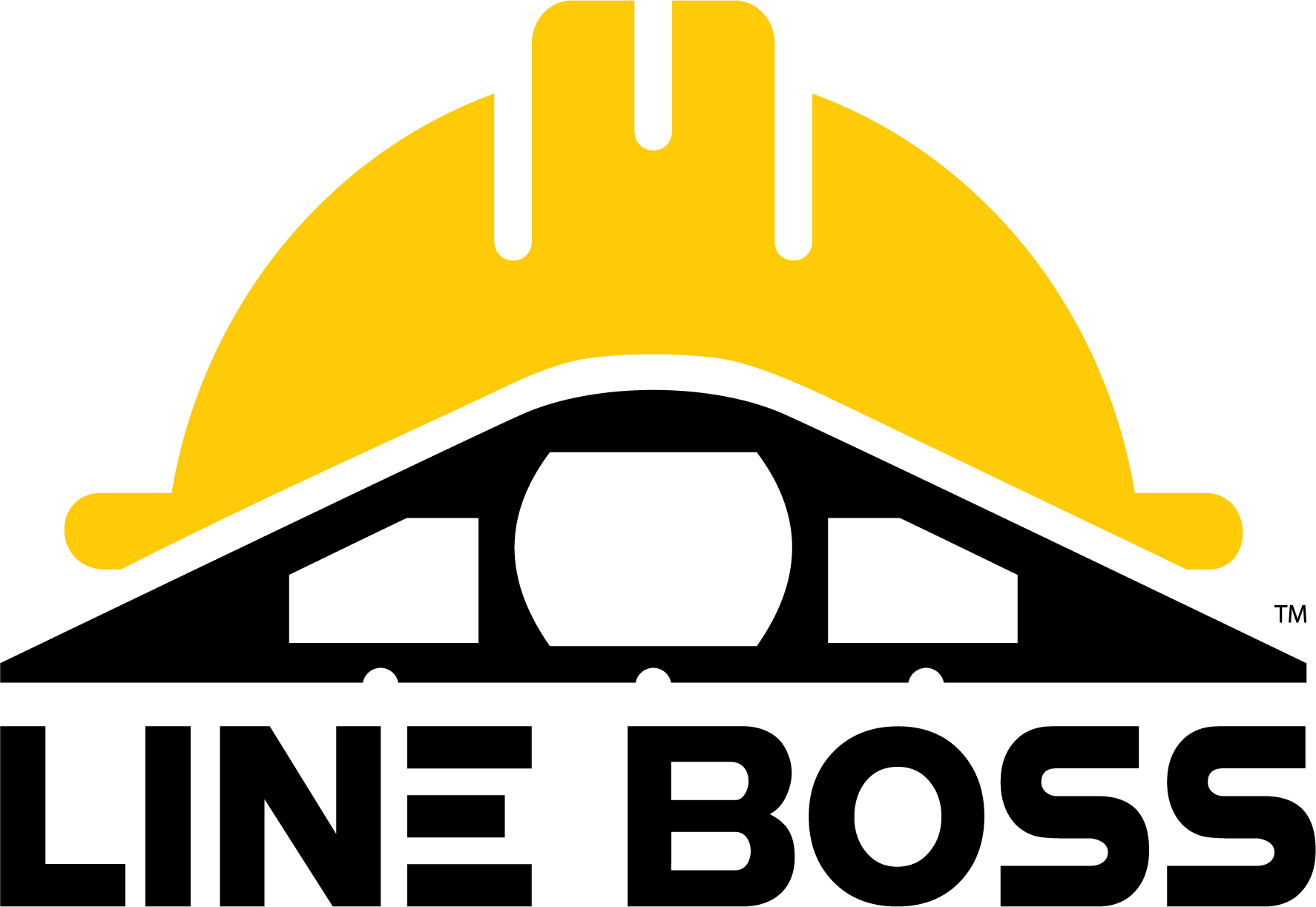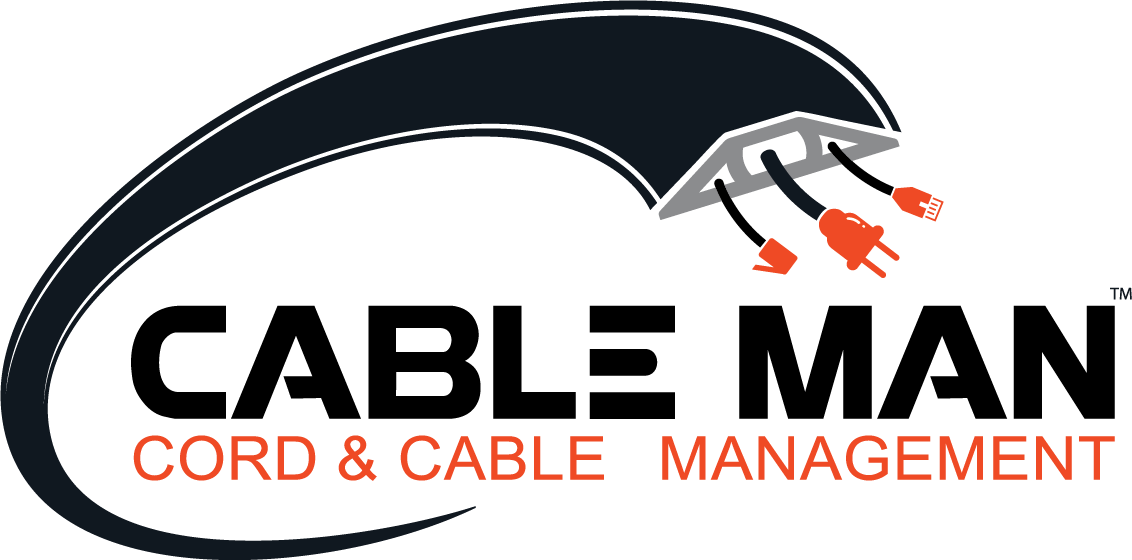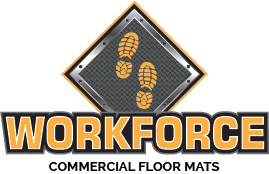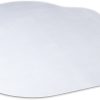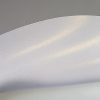DIMEX
Modern Office
Evolve™ Modern Office Chair Mats
The familiar chair mat shapes on the market today were developed over 50 years ago when pedestal desks were popular. The traditional rectangular “lip” fit the narrow opening for the legs, offering additional protection from wheel wear in that space. Over the last half century, as office chairs evolved from 3-wheel and 4-wheel bases to the more stable 5-wheel base design and pedestal desks evolved into a more open modern style for the office and home, the advancement of chair mats got left behind. Until now…
Evolve™ Modern Office Chair Mats are the result of extensive research on how we move in our workspace relative to today’s office chair and contemporary furniture designs. The wide tapered front lip and radius back corners of the lip mat and radius corners of the rectangle mat work in concert with the circular footprint of the 5-star wheel base to offer more efficient use of the roll-able surface of the mat. Evolve patented designs bring chair mats into the 21st Century.
Evolve Modern Office Chair Mat Details:
- The ONLY Chair Mat Specifically Designed for Today’s 5-star Wheel Base Chairs
- Gripper Backing Options for Low and Medium Pile Carpets
- Smooth Backing Option for Hard Floors
- Wear Tested for Durability and Resistance to Cracking
- GREENGUARD Gold Certified by UL for Low Indoor Air Emissions
- Manufactured in the USA
- US Patent Nos. 9,962,027; D840,720; D841,361 and Canadian Patent Nos. 170522, 174788, 174789, 174790, 177569
Choose the Right Mat for Your Floor:
Is your floor carpet or hard surface?
Chair mats for carpet are designed with a “gripper” backing that holds the mat in place. Hard floor mats are smooth or lightly textured on the underside to avoid damage to hard floor surfaces. Never use a “gripper” backed mat directly on hard floors or on an area rug over a hard floor surface.
What is your carpet pile depth?
Understanding your carpet pile depth is critically important to the performance of your chair mat. To determine the thickness of your carpet pile, place a penny on it’s edge down in the carpet pile (like measuring a tire tread). Example: If Lincoln’s chin is above the carpet pile, your carpet is 1/4″ or less.
Available Options:
42″ x 56″ Rounded Corner Rectangle
45″ x 60″ Rounded Corner Rectangle
PRODUCT INFORMATION
| Item Weight | x – x |
| Product Dimensions | |
| Color | Clear |
| Material | Plastic |
| Shape | With Modern Lip, or Rounded Rectangle |
| Usage | Indoor |
| Included Components | 1 Mat |
| Warranty Description | 1 Year Limited – is this correct? |
FAQ
Q: How to correct edging that becomes wavy and disfigured after installation?
A: Weather changes will force the ground to shift throughout the year, specifically in periods of freeze and thaw. As a result, the edging may shift as well because it is above ground. We suggest hammering the spikes back into the ground as a part of a seasonal landscape maintenance routine. In most cases, this will correct weather-related edging movement. A heavy-duty No-Dig may perform better in zones that experience severe seasonal climate change. Alternatively, if you prefer a little-to-no-maintenance edging solution, we suggest using an edging that is installed sub-grade, such as aluminum or dig-in edging.
Q: What to do if pikes are pulling out of the ground?
A: Seasonal maintenance might be required.
• Take the product out of the box and lay it along the shape of your installation. Allow it to heat in the sun to become more flexible. When installing the edging, anchor the first tab and pull it as taught as possible while shaping it around your installation. Make sure the edging is pulled tightly between anchoring points.
• Hammer the anchoring spikes into the ground at an angle to resist freeze/thaw movement.
• Be sure not to anchor the edging too often. This can restrict the ability of the edging to expand and contract and can cause waves.
• When edging is installed and anchored into the ground, immediately cover the tabs with soil and the selected ground cover (mulch, stone, etc.). This acts as a secondary anchoring point and can help to deflect some of the heat that may cause waviness.
• Although this product is No-Dig, it will require seasonal maintenance. Weather changes will force the ground to shift throughout the year, specifically in periods of freeze and thaw. As a result, the edging may shift as well because it is above ground. We suggest hammering the spikes back into the ground as a part of a seasonal landscape maintenance routine. In most cases, this will correct weather-related edging movement. A heavy-duty No-Dig may perform better in zones that experience severe seasonal climate change. Alternatively, if you prefer a little-to-no-maintenance edging solution, we suggest using an edging that is installed sub-grade, such as aluminum or dig-in edging.
As with any plastic edging, heat and fluctuating temperatures can impact an installation. Taking the measures above can help to minimize the effects of an unavoidable factor.
Q: What is the difference between EasyFlex, ProFlex, Vigoro, and EdgePro?
A: EasyFlex & ProFlex are the consumer-grade edgings. There may be details of these products that are slightly different (ie: tab design, wall height, etc.) depending upon the product and retailer. These features will/should not impact functionality. The landscape edgings under these brands are most frequently the No-Dig style with the tab which requires little ground preparation, although there are a few dig-in styles.
EdgePro is the line of commercial/professional-grade edgings. These are heavier-duty products used and sold in commercial locations, such as regional landscapers, garden supply centers, professional distributors, etc. We offer a variety of dig-in edgings in this product line, in addition to paver edgings and tree care items. There may be a few EdgePro items listed in select retailers, but typically these are not sold direct to consumer.
Q: Can I mow over the edging or use a weedwhacker with it?
A: Many gardeners have used the edging along their mowing paths. We do want to caution that, as with any plastic edging, if exposed repeatedly, the edging will eventually incur damage from sharp blades. If the edging is installed below the blade height, it should be fine.
WARRANTY INFORMATION
EASY TO USE ON –
Hard Floors and Low Pile Carpet





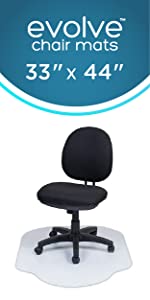
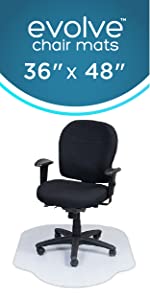
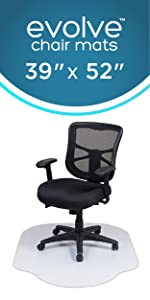

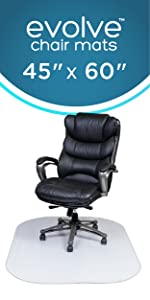
Dimex Home & Office Brands





